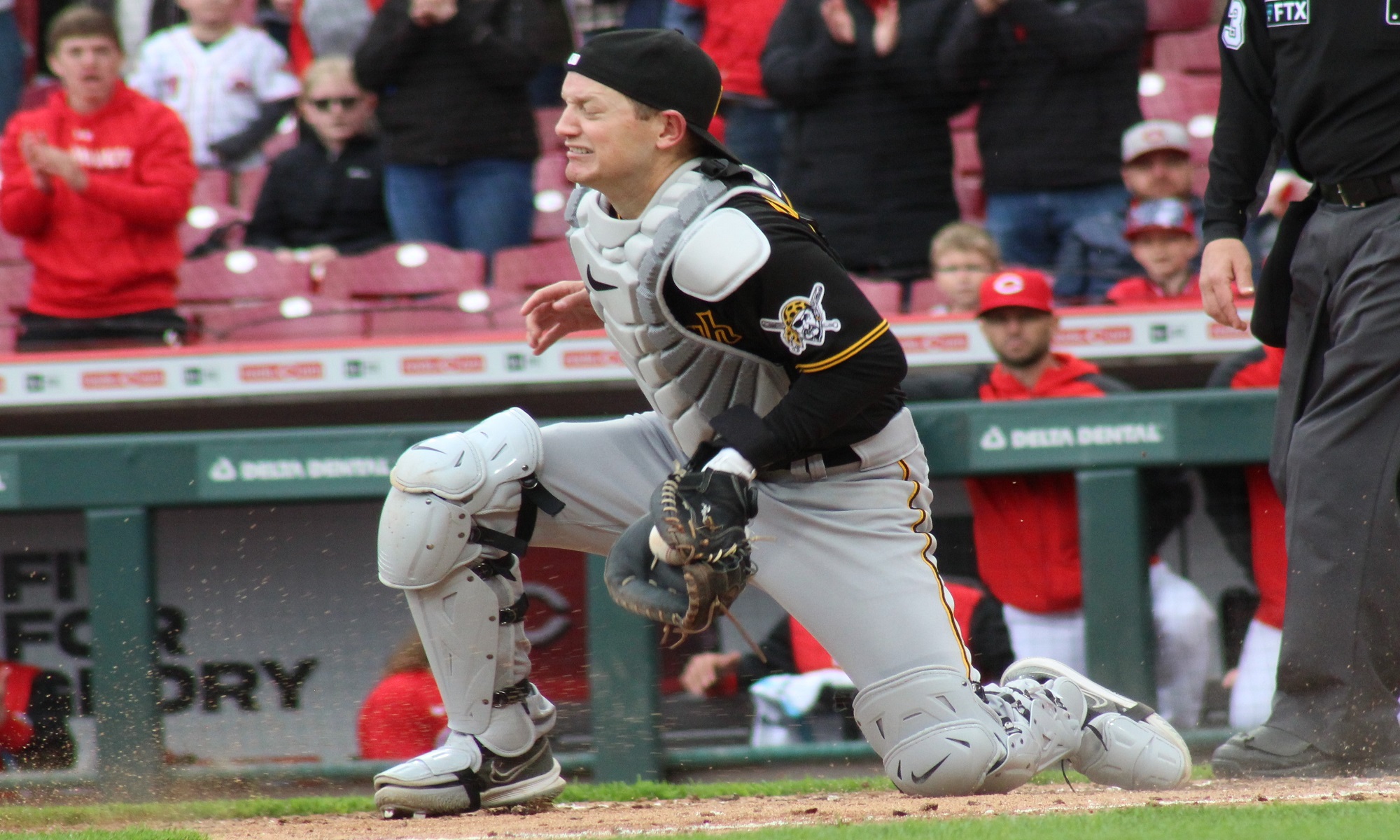Now that the Pirates’ have fulfilled their destiny with their 100th loss, it’s time to ask whether we saw anything that might lead us to believe that the folks who brought us this Juggernaut of Despair have the wherewithal to take us back in the other direction. And by “wherewithal” I don’t mean prospects and young players now on hand. Sure, we know about Roansy Contreras and Oneil Cruz. We know how they looked on the field. We know they may have the underlying ability to help usher in a new era in Pittsburgh.
But what about the people at the top? How is their development going? No matter what talent is on hand, the front office has to make countless personnel decisions that will determine whether the team starts to enjoy some success. Has the front office shown they can make the Pirates contenders, or are they pretenders? Of course, we can’t look at wins and losses, because we know that wins and losses aren’t the point of the game, at least not in Nuttinland. But, hey, we can do the process thing, too. Let’s do some sampling of how the process unfolded.
We can look at something that should be easy on a rebuilding team. The Pirates used 68 players this year. When you’re running countless players through the roster, the whole time with no pressure to win any games like you get in major league organizations, it should be easy to stumble on a few guys who can actually play major league baseball. If you don’t believe this, consider: The fundamental justification for “taking a look” at a multitude of castoffs is that there must be plenty of players out there who can still be useful major league players, even though they aren’t yet. If this potential doesn’t exist, it’s a boneheaded strategy. You can’t have it both ways: If the process doesn’t produce some decent players, you bungled the execution, and if it could never have been expected to do so, you bungled the strategy.
Lots of the players that the Pirates ran through the roster were position players. Or you could say “hitters,” if you weren’t the Pirates. How many of these guys were truly, egregiously terrible? Let’s use a 70 OPS+ as a guide. An OPS+ under 70 is awful. Of course, 75 is awful, too, but let’s be generous.
The Pirates gave ten or more plate appearances to 15 position players who failed to reach 70. (Actually, the fabulous 15 maxed out at 58, so they all failed to reach 70 by a lot.) These 15 players received 1,463 plate appearances. (I’m not including the stats from the season’s final game.) That’s almost exactly a quarter of the Pirates’ plate appearances on the season. So the egregiously bad part of the “take a look” contingent was a huge part of the team.
It’s not that easy to find so many hitters that bad. Neither of MLB’s two worst teams managed. Oakland came the closest, with 13. The Nationals managed to come up with only seven. Of the other two teams in the Pirates’ division that did teardowns, the Reds found ten sub-70-OPS+ hitters, the Cubs only six.
But surely this horror show was offset by the discovery of some players who could actually play. Well, no. An average OPS+ is 100. The Pirates had only five hitters with ten or more PAs reach that magic number. One was Bryan Reynolds, who predated the teardown and the new front office. One was Daniel Vogelbach, so that’s one successful acquisition. The other three were Oneil Cruz, Rodolfo Castro and Ji-Hwan Bae. They were all prospects who were inherited by Cherington, so they weren’t really products of the rebuild. In fact, Bae was more a victim of Ben Cherington’s results-don’t-matter philosophy, as he was called up months later than he should have been.
So the position player side of the perpetual tryout camp was a failure, but what about the bullpen? This is an easy aspect of rebuilding, right? Reliever performance is extremely volatile. Even the most successful teams generally need to restructure their bullpens on a regular basis. Being in a Nutting-style, wins-don’t-matter rebuild should make it easier than ever to do the things you need to do to build a bullpen. If you’re free to parade an endless array of relievers through your bullpen, you should accidentally find some good ones. And given three years to explore that process, you should improve over time.
Or not.
In Cherington’s first year, the Pirates were 20th in bullpen ERA. In 2021, they dropped to 23rd. In 2022:
ERA: 29th
fWAR: 25th
xFIP: 29th
SIERA: 28th
WHIP: 29th
WPA: 26th
K%: 28th
BB%: 27th
Yeah, there were a couple of guys, like Robert Stephenson and Yohan Ramirez, who looked as though they might have some potential. Of course, at other times all the other waiver guys looked like that, too. These guys all have some talent or they’d never have reached the majors. The problem is, over time it invariably turns out that they aren’t very good. Individual outcomes don’t matter. The process of building a bullpen matters. So far, Cherington has failed miserably at that process.
The reality is, Cherington’s efforts to add hitters and relief pitchers have been so ineptly carried out that he’s defeated the laws of chance. What we’ve learned about Cherington’s efforts to identify baseball talent puts that particular skill on a level with Colin Moran’s base-stealing ability. On the 20-80 scale, it’s a 20.



